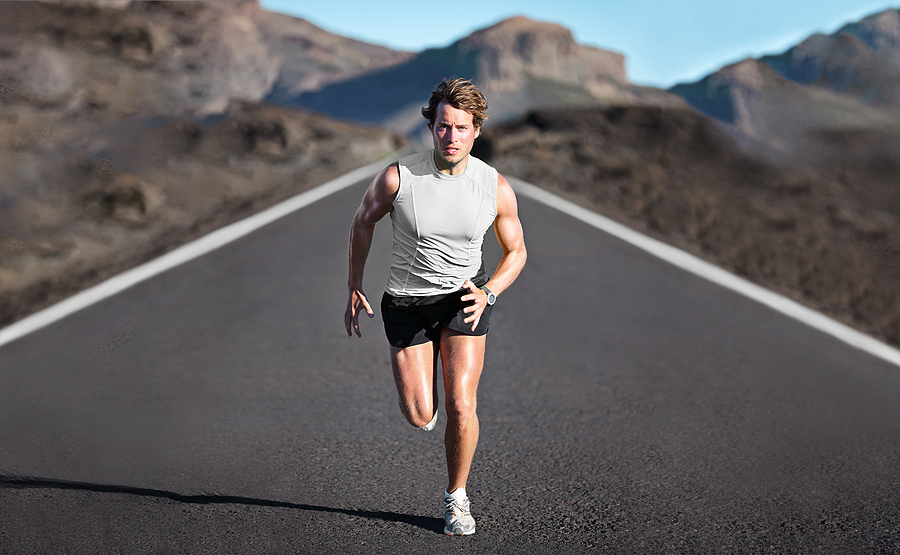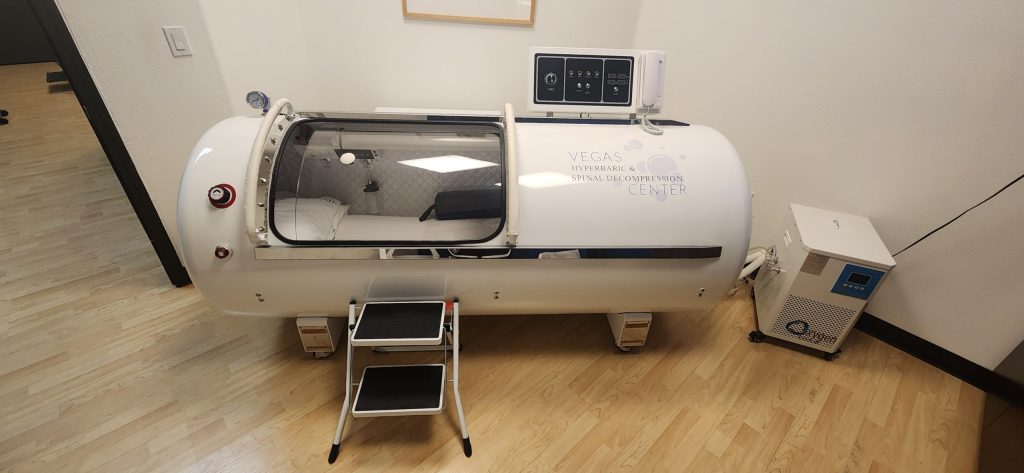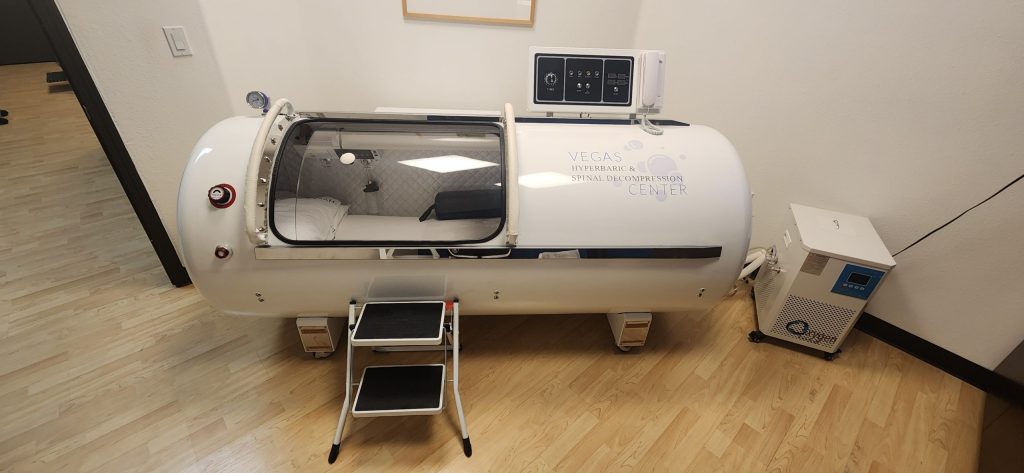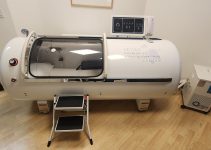
In sports, performance and rapid recovery from injuries are always urgent concerns, and athletes seek them through new means.
Alternatively, a more modern, preventive approach that offers many benefits is hyperbaric oxygen therapy. The following is a list of the best reasons to consider adding hyperbaric chambers to athlete training and recovery.
HBOT Promotes Accelerated Healing from Injuries

Enhanced Tissue Repair
Muscle strains, ligament sprains, fractures, and overuse injuries are all common, and injuries are simply a fact of life for every athlete. The goal with these injuries is to minimize time lost and help with rapid recovery. Hyperbaric chambers can significantly enhance the healing process through:
- More Oxygen Delivery: Hyperbaric therapy significantly increases the ability of blood to carry oxygen, thus providing more oxygen to the compromised tissues. This therapy is essential for cellular metabolism and energy generation, as well as for tissue repair.
- Promoting angiogenesis: HBOT stimulates the development of new blood vessels (angiogenesis) in the injury area. This therapy increases blood and nutrient flow to the area, allowing for quicker healing.
- Increased Collagen Synthesis: Collagen is an essential protein that is found in connective tissues such as ligaments and tendons. Collagen production is improved by HBOT, resulting in stronger, more resilient tissue repair.
HBOT Reduction of Inflammation and Swelling

Most injuries are painful, inflammatory, and swollen, and restrict mobility. Hyperbaric Oxygen therapy can assist in these symptoms:
- Anti-inflammatory Action – HBOT has been documented to downregulate pro-inflammatory cytokine production. Not only relieves pain but also helps the healing process.
- Decreasing Edema – HBOT can reduce edema by directly constricting blood vessels and decreasing fluid leakage from blood vessels into tissues. This therapy is particularly advantageous during the acute phases of injury, enabling athletes to begin rehab exercises sooner.
Enhanced Muscle Recovery
Mitigation of Muscle Soreness
Heavy training can cause delayed-onset muscle soreness (DOMS), which can hinder future performance. But hyperbaric oxygen therapy is an option for remedy:
- Decreased Exercise-Induced Inflammation: The anti-inflammatory effects of HBOT can reduce inflammation associated with high-intensity exercise, thereby decreasing muscle soreness and enabling more consistent training for athletes.
- Better Muscle Recovery: Better oxygenation will support the repair of microtears in muscle fibers, a common cause of soreness after exercise. Improved oxygenation leads to faster muscle recovery and growth.
Protection Against Oxidative Stress
High levels of exercise create oxidative stress that damages cells and produces fatigue. HBOT can be protective:
- Antioxidant Response: HBOT has been shown to stimulate the body’s own antioxidant production, helping counteract the free radical production that occurs with exercise. This reduces oxidative stress and enables quicker recovery.
- Optimized Mitochondrial Function: HBOT helps mitochondria produce energy more efficiently and reduces fatigue. This allows athletes to perform at a high level with minimal downtime.
Improved Endurance and Stamina
Enhanced Aerobic Capacity
Aerobic capacity is fundamental to endurance sports like long-distance running and cycling. HBOT can play a role in this:
- Better Oxygen Utilization: Because HBOT raises plasma oxygen levels, oxygen delivery to muscles is improved during prolonged exercise. This supports aerobic metabolism and, therefore, endurance.
- Delayed fatigue onset: HBOT improves mitochondrial function and energy production, thereby delaying fatigue onset. Enabling them to maintain higher intensities for more extended periods.
Accelerated Recovery Between Training Sessions
Adaptation to this type of training is determinant for endurance performance. HBOT can help recover in between sessions faster:
- Decreased Muscle Fatigue: HBOT reduces muscle soreness and oxidative stress, allowing athletes to recover more quickly between training sessions. Doing so will enable them to train intensely without negatively impacting performance.
- Improved Training Adaptation: The ability to recover quickly means athletes can progressively increase their training load, adapt more effectively, and enhance performance over time.
Enhanced Cognitive Function and Mental Clarity
Improved Brain Oxygenation
Mental sharpness and concentration are essential to overall athletic performance, especially in high-pressure situations. HBOT can help with cognition:
- Increased Oxygen Supply to the Brain: The brain has very high oxygen needs. By oxygenating brain tissues, HBOT improves cognitive abilities such as reaction time, decision-making, and concentration.
- Neuroprotection: HBOT has demonstrated protective effects against hypoxia- and oxidative stress-induced brain cell injury. It promotes long-term positive brain health and cognitive function.
Reduction of Mental Fatigue
Mental fatigue affects performance and decision-making. HBOT can help reduce this:
- Recovery: HBOT supports recovery from physical fatigue, which is obviously complementary to mental health recovery. Athletes who recover more efficiently should be less mentally fatigued.
- Enhanced Quality of Sleep: Enhanced physical recovery often also leads to better sleep quality, which is essential for mental clarity and cognitive function.
Prevention and Management of Chronic Conditions
Effective Management of Overuse Injuries
Chronic injuries like tendinitis or stress fractures can be especially frustrating and often debilitating attempts at treatment. HBOT is one viable answer:
- Decreased Chronic Inflammation: Chronic injuries are often associated with chronic inflammation. HBOT has anti-inflammatory properties that aid its management, reducing pain and improving function.
- Support for Permanent Healing: HBOT treats the root of the problem by promoting tissue repair and regeneration, thereby enabling permanent healing of chronic injuries.
Support for Immune Function
Athletes are generally prone to infections due to the demanding training and competition routine. HBOT can strengthen the immune system:
- Higher Activity of White Blood Cells: Oxygen is essential for the regular activity of white blood cells. HBOT increases their activity and overall capacity to fight infections and decreases the future risk of illness.
- General Immune Support: By supporting overall recovery and reducing stress on the body, HBOT promotes general immune support, helping athletes stay at the top of their game.
Practical Considerations for Athletes
Frequency and Duration of HBOT Sessions
The number of sessions per week and the length of time are highly individualized based on each person’s needs and goals. Some factors that may be relevant include:
- Acute Injuries: In the case of acute injuries, more often (daily, etc.) will help the process proceed more quickly.
- Chronic: Chronic conditions may require a longer course of treatment with infrequent visits, such as once or twice a week.
- Performance Use: Typical sessions are 1-3 sessions a week, scheduled to coincide with the athlete’s training.
Safety and Side Effects
HBOT is considered safe when performed by a trained professional. Caution of possible side effects should be of concern to athletes:
- Barotrauma: Pressure changes may result in pain or, rarely, injury to the ears and sinuses. Balancing pressures in-session can help reduce this risk.
- Oxygen Toxicity: Prolonged exposure to high-pressure pure oxygen can lead to oxygen toxicity. This occurrence is highly uncommon and can be avoided by following the recommended treatment protocols.
- Claustrophobia: Occasionally, a person may feel claustrophobic in the chamber. The spaces themselves are comfortable and modern, and sedation is available when warranted.
Integrating HBOT into Training Regimens
Athletes considering the use of HBOT in their training programs are advised to do so under the guidance of physicians trained in HBOT and sports medicine. These other factors may include the athlete’s injury history, training schedule, and performance goals.
Research and Evidence
But as previously mentioned, the scientific community is a strong foundation for understanding how HBOT can be beneficial. HBOT has been shown, in multiple studies, to be effective at improving tissue repair and decreasing inflammation and recovery time.
Final Thoughts
Hyperbaric oxygen therapy can be recommended as one option among others to give athletes an edge in recovery and performance. HBOT allows a patient to leverage this increased availability of oxygen for faster recovery from both acute and chronic injuries, enhanced inflammation reduction, and overall improved physical and cognitive performance.
As sports science advances, hyperbaric chambers are becoming the norm in recovery and training protocols for every athlete.
Anyone interested in pursuing HBOT should discuss it with their doctor and follow a sports specialist’s plan tailored to their specific needs. If appropriately directed and used effectively, Hyperbaric Oxygen therapy can be a revolution in athletic achievement.

